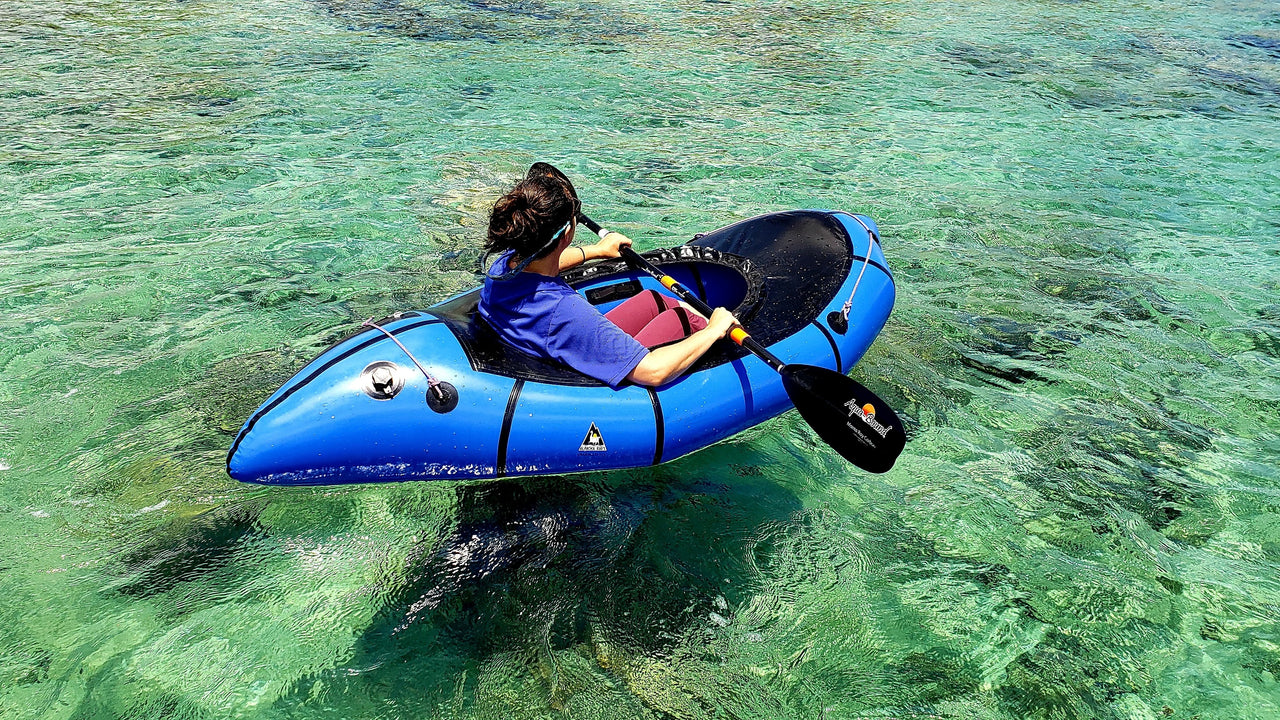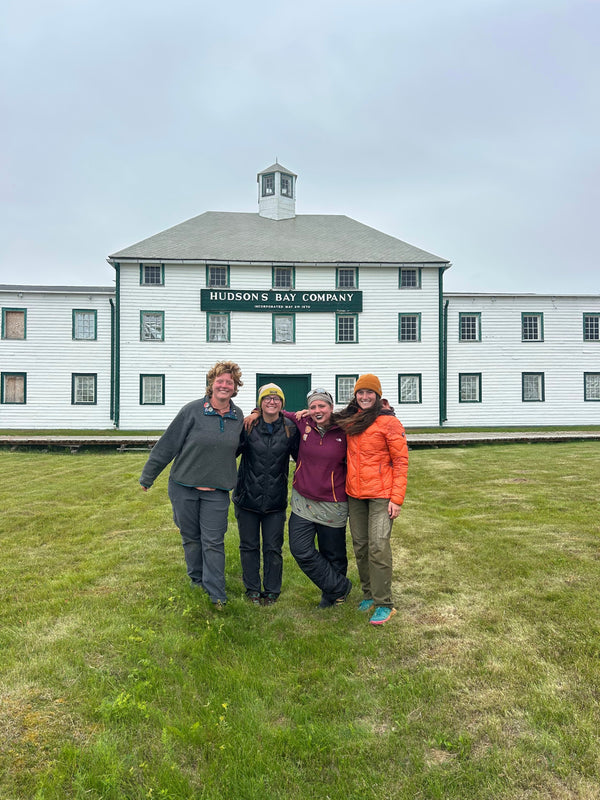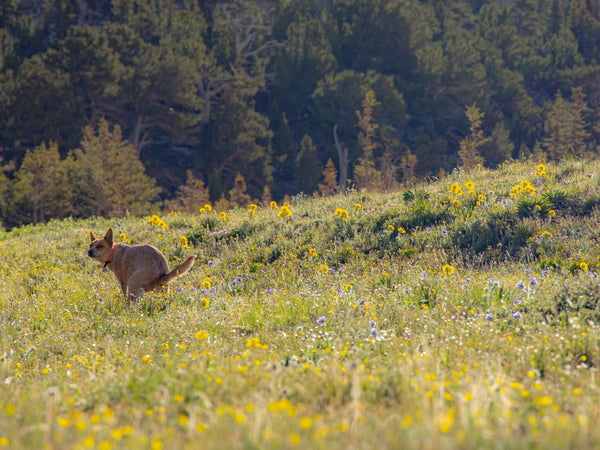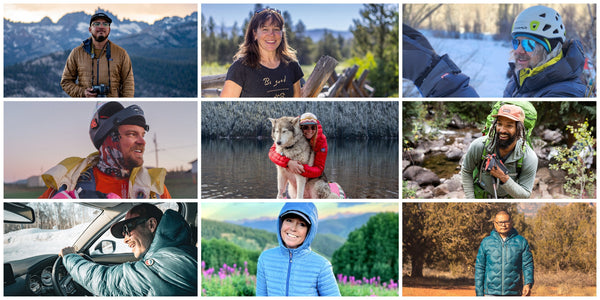We are excited to announce our 2024 Bob Swanson Memorial Grant Winner, Jessica Kelley! The Bob Swanson Memorial Grant is dedicated to adventurers, explorers, and go-getters to tackle their next endeavor. This grant is in memory of Bob Swanson, an icon in the outdoor industry and tent design. Our 2024 winner, Jessica Kelley, will complete a 1,820-mile human-powered loop through British Columbia, the Yukon, and the Northwest Territories, over six weeks. We are excited to follow her on her journey!
Q: Tell us about yourself. What's your background?
A: I'm an endurance coach, mom, and wife living in the mountains of Washington State. I'm happiest outside. Exploring new places and traversing landscapes under my own power, and then sharing my adventures via photos and words.

Q: What does your trip entail and how long will it take you?
A: I plan to complete a 1,820-mile human-powered loop through British Columbia, the Yukon, and the Northwest Territories, over approximately six weeks. I'll start by biking 1000 miles from Whitehorse to Wrigley, where I'll inflate my pack raft, strap my bike to the bow, and paddle down the Mackenzie River, the largest river in Canada. After 200 miles on the river, I'll take out in the small town of Norman Wells, where I'll re-supply for what I consider to be the crux of the journey: the Canol Trail. To reach the Canol Trail, I first have to paddle across the river- four miles wide at this point. Then I will begin "riding" the Canol Trail, which will likely involve more bike pushing than bike riding. Various sources explain that "because of its remoteness, length, and river crossings. The trail is considered one of the most challenging trails in Canada. Indeed, multiple river crossings along the trail should not be underestimated, especially with a fully loaded bike. Luckily, I will still have my packraft! The end of the 220-mile Canol Trail is marked by an airstrip. Many people consider this the end of their adventure and fly out via bush plane. But I'm not out of the woods yet, literally or figurately. I'll still have approximately 400 miles of riding ahead of me, following a rough gravel road for several days before finally reconnecting with the Alaska Highway into Whitehorse.
Q: Share your inspiration behind this journey. Why are you taking this route?
A: There has always been something about the far north that has always appealed to me. It's remote, wild, and prone to extremes: mind-boggling scenery, wild temperature swings, voracious bugs, vast wilderness, and abundant wildlife. It's a place where nothing is guaranteed, and anything can happen, in both the best and worst ways. I love the idea of accessing places like this under my own power: training and preparing as best I can, and then testing myself to see how I meet and adapt to the challenges that are thrown my way. I chose this route specifically because, althought I've spent a fair amount of time in Alaska, I've never ventured into Northern Canada. This is a part of the north that's new to me, and as a U.S. citizen, it's a place I tend to hear less about. The Canol Trail in particular speaks to me due to it's reputation for being challenging, yet - with enough luck and grit - doable. When I realized I could skip the expensive bush plane and instead access the start and end of the Canol Trail under my own power, the route was born.
Q: What could be your biggest challenge on this trip?
A: I think the Canol Trail is definitely going to be the crux of the tirp, with the Mackenzie River a close second. The Canol will be very remote and rugged, and if anything goes wrong with my bike I have to figure it out myself. There are no bike shops, no roads, and no easy way out. The Mackenzie River is a huge river with a lot of moving water (average summer flows of 700,000 cfs!) Not to mention the potential for some nasty headwinds, which could really slow me down.
Q: How will you be occupying yourself on this solo journey?
A: Solo journeys are my favorite! I confess, I find it distracting and sometimes anxiety-inducing to adventure with other people. When I'm on my own, I can really soak up my surroundings without having to carry on a conversation, or worry that I'm going too slow or too fast, or stopping too frequently or not frequently enough. It's empowering to be completely self-reliant in the wilderness.
As for occupying myself, I'll probably spend a lot of time taking photos. There is nothing I love more than capturing an image that coveys what I'm experiencing to the rest of the world, and supplementing it with words. I also love me some numbers, so I often spend a lot of time doing calculations. I've traveled this many miles, I'm going this speed, I have this many miles to camp with this much elevation gain, so if I can maintain this pace I should make it to camp at this time. There is something soothing about the certainty of mathematical equations in the midst of all the uncertainty that comes with an adventure. Of course, my calculations are rarely accurate, but it's still fun to run the numbers. In the evenings, I read. I can't fall asleep without reading. And most of all, I'll be occupying myself with a lot of pedaling and paddling.
Q: What is your favorite costume? Will you be bringing it on your trip?
A: Haha! Anyone who knows me will laugh at this question, I'm terrible at costumes. I have lots of friends who are super fun and wear all the cute costumes all the time. I'm more of a pack-one outfit and wear the same thing every day type of person.
Follow along with Jessica's adventures on Instagram @jessi_goes and stay tuned via @bigagnes_ for updates on her Bob Swanson Memorial Grant-supported trip!

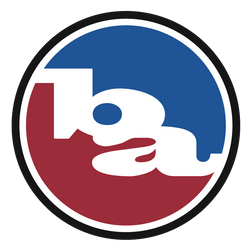
 English (EUR) | EN
English (EUR) | EN 